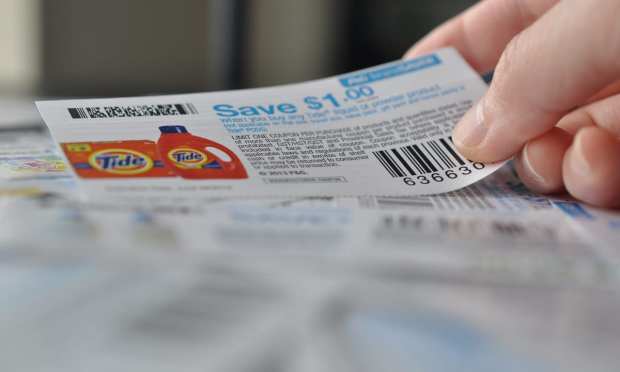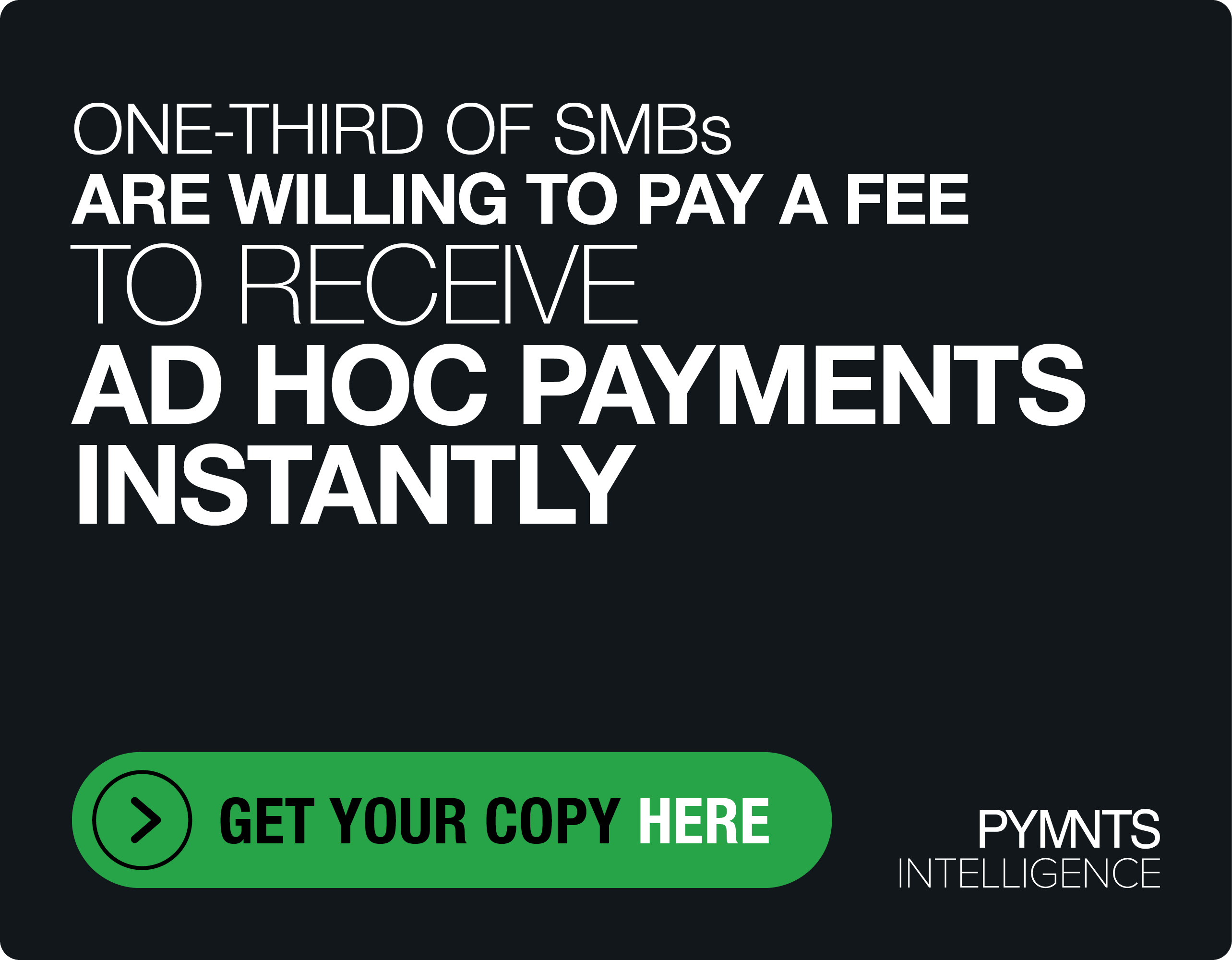Why Making Incentives Smart Could Just Kill The Coupon

The standard coupon experience isn’t great for either the consumer or merchant. The customer has to keep track of a piece of paper or code to hand over at the point of sale, while the merchant gets a fraction of the transaction’s funds and must wait for the rest to come in the form of reimbursement for that coupon.
It’s a lot of friction – which means a lot of coupon offers get stuffed into drawers, where they languish forgotten by their owners who can’t be bothered with the hassle, SKUx Co-founder and Executive Vice President Bobby Tinsley said in a recent conversation with Karen Webster about his firm’s recent pair-up with Blackhawk Network to digitally recreate the world of consumer incentives.
Even worse, Tinsley noted, coupons tend to be an absolute magnet for fraudsters, who extract hundreds of millions of dollars in illicit value from them annually.
What brands and merchants want – particularly after 2020’s great digitization of consumers and the shift to omnichannel – is the ability to engage consumers where they are and on their terms, seamlessly and without friction, explained Tinsley. Merchants also want to follow that customer from the start of the purchase process to when the incentive is issued and all the way through to redemption. That way, merchants can understand what the effect of their incentive really was.
“It becomes pretty clear that coupons, as they’ve historically been used, just can’t do that,” Tinsley said. “There is no traceability. There’s a ton of fraud. There’s just limited ability to get any data at all of those points. So at SKUx, we created a new category of offer called a ‘smart incentive.’”
Tinsley told Webster that while there will always be a place for the coupons of old in commerce, incentives and the way brands understand and leverage them have to upgrade for the digital era if merchants actually want to motivate consumer action.
Making Incentives Smart
As a Platform-as-a-Service business, SKUx serves end consumers who won’t know the identity of the company. Instead, the party the consumer encounters is the brand that’s looking to engage with them and incite purchases with an offer.
Tinsley said SKUx’s technology kicks in when the consumer “commits to redeem an offer,” whether that’s by clicking a link or scanning a QR code. That creates a one-time-use payment code for that experience.
But unlike with a coupon, there’s an actual payment involved. Say a consumer walks up to the POS with a $1 incentive offer saved in their mobile wallet for a case of soda pop. The person opens up the offer, which has a unique and serialized one-time-use code. The cashier scans the code, at which point the dollar is paid directly to the merchant. With a coupon, there’s usually a 60- to 90-day lag in reimbursements to the merchants.
And the brand typically gets very little data out of the interaction. Tinsley said one of the main troubles with coupons and other traditional offers is that it takes too long to find out if a promotion is actually working the way it was intended.
All of the figures come well past the offer’s point of redemption. Tinsley noted that in the case of coupons, brands can wait 60 to 90 days to find out what effect (if any) the offer had.
“That’s not acceptable anymore in today’s economy,” he said. “The problem is that a lot of these systems are built off of 20- or 30-year technology. So we give [partners] full visibility and transparency. They have a platform where those incentives can be monitored in real time.”
Recreating The Consumer Mindset
Of course, no brand really wants to be in the business of handing out discounts, as it sends the wrong message about the company’s products and value.
But brands very much do want to offer consumers incentives to purchase their products – and money is a powerful incentive. That means brands are reconsidering how they present those offers to consumers.
“There are a lot of ways to think of this differently than just, ‘it’s a discount,’” Tinsley noted. “That’s the point – how does the brand want to engage the consumer and help power that?”
He said giving someone a dollar off a purchase is actually quite different than contributing a dollar toward their purchase in terms of the message it sends to consumers. That’s true even though in both cases, the consumer ends up paying a dollar less.
Tinsley said it’s that kind of different thinking among both brands and merchants that will drive SKUx to a very big 2021 as the firm rolls out “a lot of very cool new iterations of this with partners.”
After all, the retail landscape is a very different place for marketing companies going into 2021. Tinsley said it’s important to think bigger, and well beyond the traditional channels that have been in use for the past 30 years.
“The new marketing future is: ‘I’m touching the consumer at any given point along their journey,’” he explained. “It can be on TV. It can be scanned off the side of a bus with a QR code. It can be Alexa. The ability to choose on my terms as a consumer, that’s what’s exciting. And retail needs platforms that can engage any of those audiences.”
